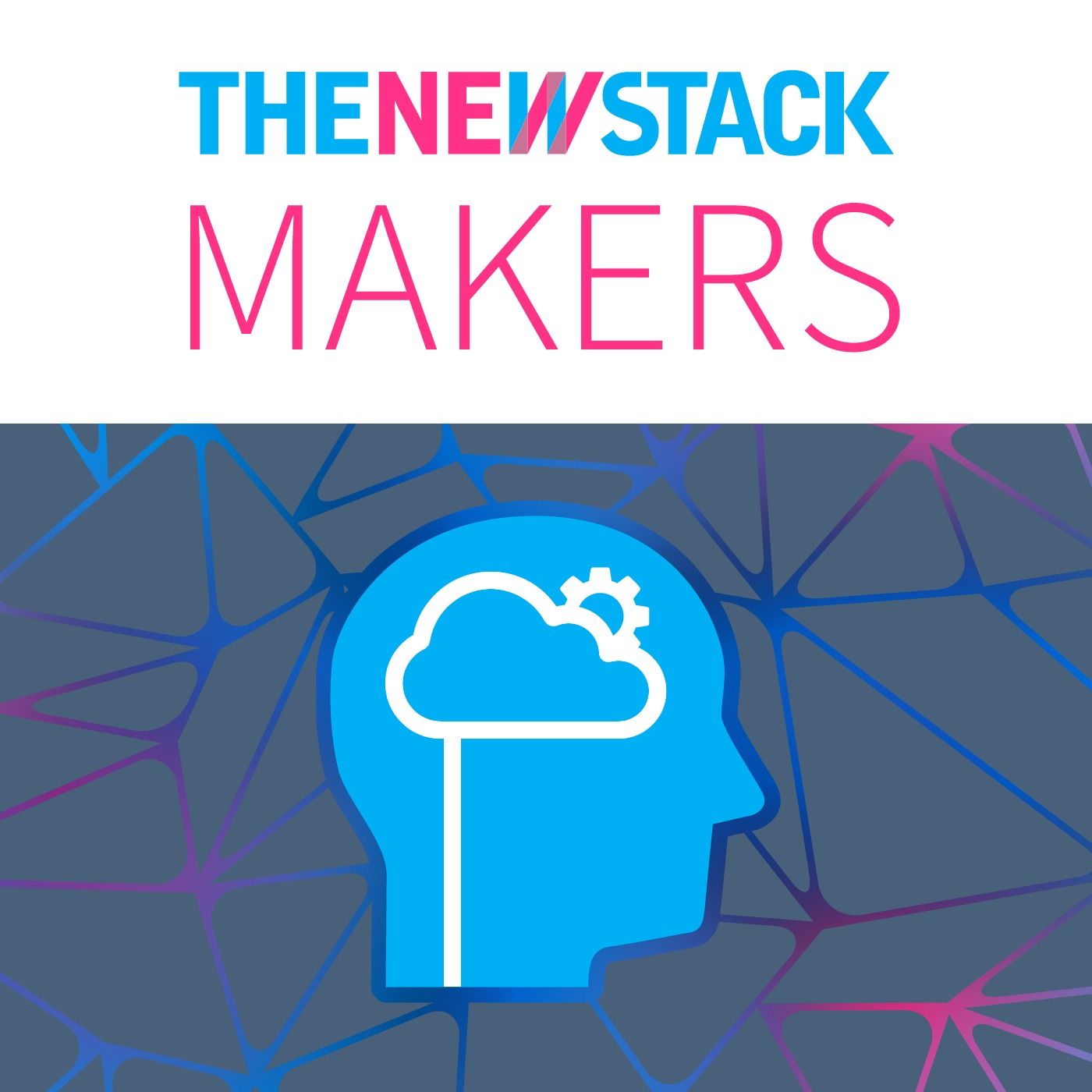5 Steps to Deploy Efficient Cloud Native Foundation AI Models
In deploying cloud-native sustainable foundation AI models, there are five key steps outlined by Huamin Chen, an R&D professional at Red Hat's Office of the CTO. The first two steps involve using containers and Kubernetes to manage workloads and deploy them across a distributed infrastructure. Chen suggests employing PyTorch for programming and Jupyter Notebooks for debugging and evaluation, with Docker community files proving effective for containerizing workloads.The third step focuses on measurement and highlights the use of Prometheus, an open-source tool for event monitoring and alerting. Prometheus enables developers to gather metrics and analyze the correlation between foundation models and runtime environments.Analytics, the fourth step, involves leveraging existing analytics while establishing guidelines and benchmarks to assess energy usage and performance metrics. Chen emphasizes the need to challenge assumptions regarding energy consumption and model performance.Finally, the fifth step entails taking action based on the insights gained from analytics. By optimizing energy profiles for foundation models, the goal is to achieve greater energy efficiency, benefitting the community, society, and the environment.Chen underscores the significance of this optimization for a more sustainable future.Learn more at thenewstack.ioPyTorch Takes AI/ML Back to Its Research, Open Source RootsPyTorch Lightning and the Future of Open Source AIKnow the Hidden Costs of DIY Prometheus

